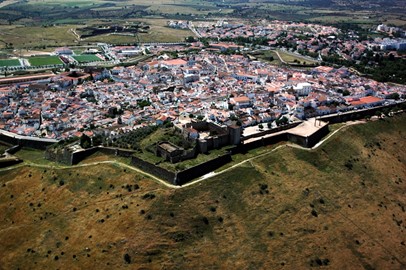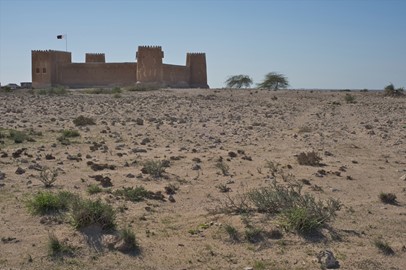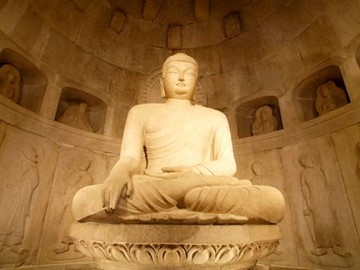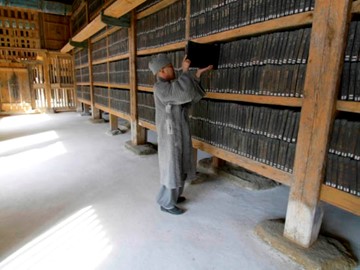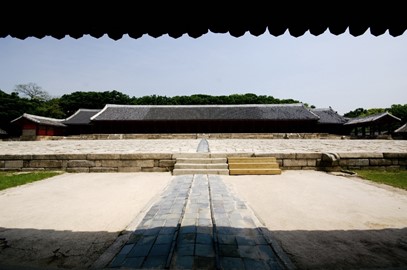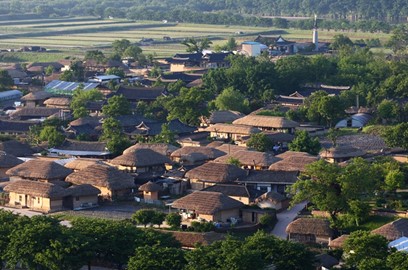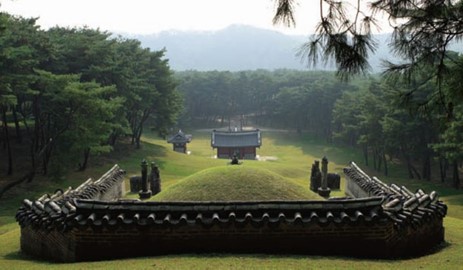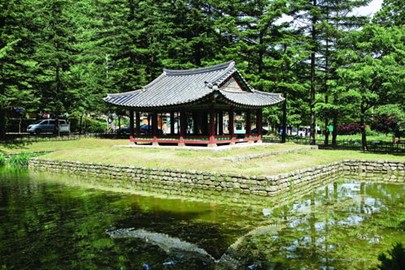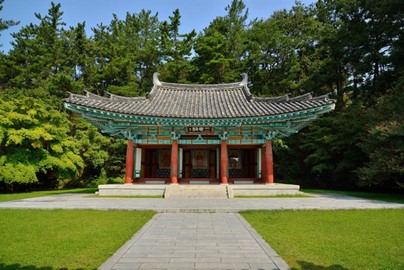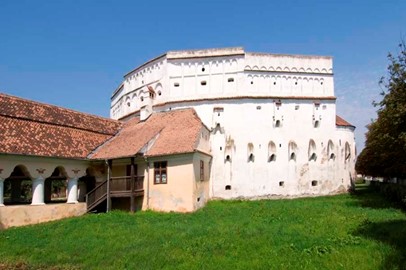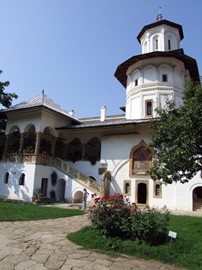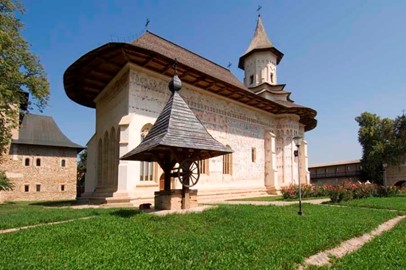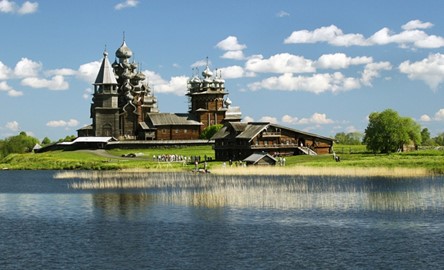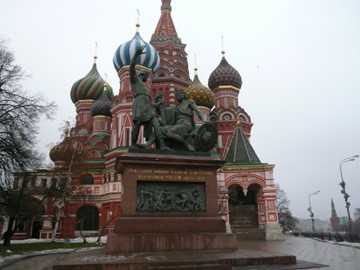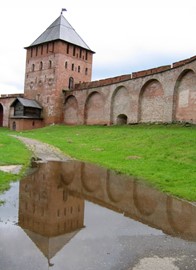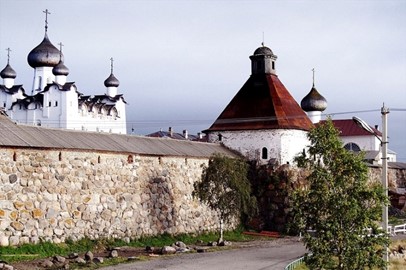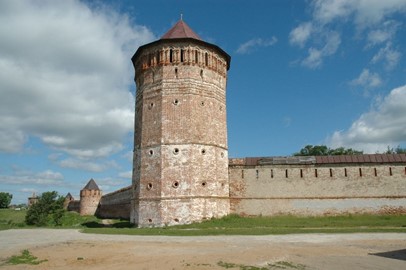category :: cultural
Elvas
The Garrison Border Town of Elvas and its Fortifications, a UNESCO World Heritage site in Portugal, is a remarkably preserved example of a fortified frontier town. Extensively developed between the 17th and 19th centuries, it features the world’s largest bulwarked dry-ditch system, including star-shaped walls, outlying forts, and the impressive Amoreira Aqueduct, designed to sustain long sieges. Its military architecture, influenced by Dutch, Italian, and French theories, reflects Portugal’s strategic defen... Read More
Al Zubarah
Al Zubarah, a UNESCO World Heritage site in Qatar, is a well-preserved 18th-century coastal town that offers a glimpse into the region's pearling and trading past. Founded by merchants from Kuwait, it flourished as a key trading hub in the Gulf, connecting local communities with global markets through its strategic location. The site features a fortified settlement with remnants of houses, mosques, and a marketplace, alongside a nearby fort built in 1938 for defense. Archaeological discoveries, including po... Read More
Seokguram Grotto and Bulguksa Temple
Seokguram Grotto and Bulguksa Temple, a UNESCO World Heritage site, exemplify Korea's rich Buddhist heritage and architectural prowess. The grotto, an artificial cave carved into granite, houses a serene Buddha statue surrounded by intricately sculpted bodhisattvas, showcasing exceptional 8th-century artistry. Adjacent Bulguksa Temple, a wooden complex, reflects harmonious design with its elevated platforms, ornate pagodas, and tranquil courtyards, embodying spiritual and aesthetic ideals of the era. Togeth... Read More
Haeinsa Temple
Haeinsa Temple, a UNESCO World Heritage site in South Korea, is renowned for its historical and cultural significance as a center of Korean Buddhism. Founded in 802 CE during the Silla Dynasty, it houses the Tripitaka Koreana, an extraordinary collection of over 81,000 wooden printing blocks inscribed with Buddhist scriptures, completed in the 13th century. The temple's Janggyeong Panjeon, a specially designed storage facility, has preserved these blocks for centuries, showcasing remarkable architectural in... Read More
Jongmyo Shrine
Jongmyo Shrine, a UNESCO World Heritage site in Korea, is a Confucian royal ancestral shrine dedicated to commemorating the deceased kings and queens of the Joseon Dynasty. Constructed in 1394 during King Taejo’s reign, it embodies traditional East Asian architectural principles and houses the spirit tablets of royalty in a serene, ritual-focused setting. The shrine hosts the Jongmyo Jerye ceremony, an ancient Confucian rite featuring music and dance, recognized as an Intangible Cultural Heritage. Its histo... Read More
Changdeokgung Palace
Changdeokgung Palace, a UNESCO World Heritage site in Korea, is a beautifully preserved example of Joseon Dynasty architecture, renowned for its harmonious blend with the natural landscape. Constructed in 1405 as a secondary palace, it became the primary royal residence after the destruction of Gyeongbokgung. The palace features elegant structures like Injeongjeon (the main hall) and Seonjeongjeon (the king’s office), alongside the serene Huwon (Secret Garden), showcasing traditional Korean design and royal... Read More
Hwaseong Fortress
Hwaseong Fortress, a UNESCO World Heritage site in Korea, is a remarkably preserved example of late 18th-century military architecture built during the Joseon Dynasty under King Jeongjo’s reign. Constructed between 1794 and 1796, it showcases a blend of Eastern and Western design influences, featuring defensive walls, gates, and towers engineered for both functionality and aesthetics. The fortress was originally designed to protect a new capital city and honor the king’s father, reflecting its historical an... Read More
Gyeongju
This UNESCO World Heritage site in South Korea encompasses a remarkable concentration of ancient temples, palaces, and royal tombs from the Silla Kingdom, which ruled from 57 BCE to 935 CE. Spanning multiple zones, it features well-preserved archaeological treasures like stone pagodas, Buddhist relics, and intricate rock carvings that showcase the kingdom’s architectural prowess and spiritual heritage. Visitors can explore sites that reflect a blend of natural beauty and historical significance, offering a ... Read More
Gochang, Hwasun and Ganghwa
The Gochang, Hwasun, and Ganghwa Dolmen Sites, recognized as a UNESCO World Heritage site in 2000, represent an exceptional collection of prehistoric megalithic tombs from the first millennium BCE. These sites showcase hundreds of dolmens—stone structures used as grave markers and for rituals—highlighting the advanced stonework and societal organization of the Bronze Age Megalithic Culture on the Korean Peninsula. With over 35,000 dolmens, Korea holds nearly 40% of the world’s total, and these locations pre... Read More
Hahoe and Yangdong
Hahoe and Yangdong, recognized as a UNESCO World Heritage site, are historic villages in Korea that exemplify traditional Confucian culture from the Joseon Dynasty. These well-preserved settlements showcase distinctive architecture, including thatched-roof houses and tiled-roof residences for the nobility, reflecting the social hierarchy of the era. The villages highlight traditional living patterns, with layouts designed to harmonize with the natural landscape, and they preserve cultural practices like fol... Read More
Royal Tombs of the Joseon
The Royal Tombs of the Joseon Dynasty, a UNESCO World Heritage site in Korea, are a collection of mausoleums built between the 15th and 20th centuries to honor the Joseon rulers and their families. These tombs exemplify traditional Confucian burial practices, featuring carefully designed layouts with stone statues, ceremonial pavilions, and natural landscapes that reflect harmony between architecture and nature. Recognized for their historical and cultural significance, they offer insight into the dynasty’s... Read More
Namhansanseong
Namhansanseong, a UNESCO World Heritage site in Korea, is a historic mountain fortress renowned for its well-preserved 17th-century architecture and strategic design. Constructed during the Joseon Dynasty, it served as a temporary capital and military stronghold, blending natural terrain with defensive walls and gates. The site reflects Korea’s historical resilience and ingenuity, offering insights into its cultural and military heritage. Today, it stands as a testament to the nation’s past, attracting visi... Read More
Baekje
The Baekje Historic Areas, a UNESCO World Heritage site in South Korea, encompass a collection of archaeological sites that showcase the rich history and culture of the Baekje Kingdom (18 BCE–660 CE). These well-preserved sites, including royal tombs, fortresses, and temples, highlight the kingdom’s sophisticated architecture, urban planning, and Buddhist influences. They also reflect Baekje’s role as a key player in East Asian cultural exchange, evident in its artistic and technological advancements. This ... Read More
Sansa, Buddhist Monasteries
Sansa, Buddhist Mountain Monasteries in Korea, is a UNESCO World Heritage site comprising seven temples established between the 7th and 9th centuries. These monasteries, known for their historical and cultural significance, reflect the development of Korean Buddhism and its integration with the natural landscape. They feature traditional architecture, including prayer halls and meditation spaces, and have served as active centers for Buddhist practice for centuries. This designation highlights their outstan... Read More
Fortified Churches in Transylvania
The Fortified Churches in Transylvania, a UNESCO World Heritage site, are a remarkable collection of medieval structures built between the 13th and 16th centuries by Saxon communities. These churches, often surrounded by defensive walls and towers, served as both religious sanctuaries and strongholds against invasions, reflecting a unique blend of Gothic, Romanesque, and local architectural styles. Many feature well-preserved interiors with historic frescoes, altars, and wooden galleries, offering insight i... Read More
Monastery of Horezu
The Monastery of Horezu, a UNESCO World Heritage site in Romania, is a masterpiece of Brâncovenesc architecture founded in 1690 by Prince Constantin Brâncoveanu. Renowned for its intricate frescoes, ornate stone carvings, and well-preserved monastic complex, it serves as a significant cultural and religious landmark. The monastery’s scriptorium also played a key role in preserving Romanian Orthodox traditions and manuscripts. Today, it stands as a testament to Romania’s rich heritage and artistic legacy.
Sighisoara
The Historic Centre of Sighişoara, a UNESCO World Heritage site in Romania, is a remarkably well-preserved medieval town founded by German craftsmen and merchants in the 12th century. Its cobblestone streets, colorful buildings, and fortified walls showcase a unique blend of Gothic, Renaissance, and Baroque architecture. Notable landmarks include the Clock Tower, the Church on the Hill, and the birthplace of Vlad the Impaler, offering a glimpse into its rich history and cultural significance. This picturesq... Read More
Wooden Churches of Maramures
The Wooden Churches of Maramureş, a UNESCO World Heritage site, are a collection of historic Orthodox churches renowned for their unique architecture and cultural significance. Constructed primarily in the 17th and 18th centuries, these churches feature tall, slender wooden towers and intricate shingle roofs, showcasing exceptional craftsmanship. They serve as a testament to the rich religious traditions and artistic heritage of the local communities, blending Gothic and vernacular styles. Preserved as outs... Read More
Dacian Fortresses
The Dacian Fortresses of the Orastie Mountains, a UNESCO World Heritage site in Romania, are a remarkable collection of six ancient strongholds built by the Dacian civilization between the 1st century BC and 1st century AD. Constructed using stone, wood, and earth, these fortresses served as military, religious, and economic centers, showcasing advanced engineering and strategic planning. They stand as a testament to the Dacian people's resistance against Roman conquest, with Sarmizegetusa Regia being the m... Read More
Churches of Moldavia
The Churches of Moldavia, a UNESCO World Heritage site in Romania, are renowned for their unique 15th and 16th-century architecture and vibrant exterior frescoes. These eight Orthodox churches, built under the patronage of Stephen the Great and his successors, blend Byzantine influences with local Gothic and Renaissance elements, showcasing exceptional artistry. Their well-preserved wall paintings, depicting biblical scenes and saints, are considered masterpieces of Eastern Orthodox religious art and draw v... Read More
Kizhi Pogost
Kizhi Pogost, a UNESCO World Heritage site in Russia, is an architectural marvel featuring two 18th-century wooden churches and an octagonal bell tower, all constructed without nails. The centerpiece, the Church of the Transfiguration, boasts 22 domes and intricate craftsmanship, reflecting traditional Russian carpentry techniques. This historic ensemble, located on an island, offers a glimpse into Russia’s cultural and religious heritage, preserved as a testament to its architectural ingenuity.
Kremlin and Red Square, Moscow
The Kremlin and Red Square in Moscow form a historic World Heritage site in Russia, recognized for their cultural and political significance. The Kremlin, a fortified complex, has served as the seat of Russian power for centuries, housing palaces, cathedrals, and government buildings with architecture spanning medieval to modern times. Adjacent Red Square, a vast public plaza, is famous for landmarks like Saint Basil’s Cathedral and Lenin’s Mausoleum, reflecting Russia’s rich history and artistic legacy. To... Read More
Novgorod
The Historic Monuments of Novgorod and Moscow, a UNESCO World Heritage site in Russia, encompass a remarkable collection of architectural and cultural treasures. This site includes the medieval Kremlin of Novgorod with its ancient cathedrals and fortifications, alongside Moscow's iconic Kremlin and Saint Basil’s Cathedral, showcasing centuries of Russian history and artistry. These landmarks reflect the political, religious, and artistic evolution of Russia, making them invaluable to global heritage.
Solovetsky Islands
The Solovetsky Islands, located in northern Russia, form a UNESCO World Heritage site renowned for their historical and cultural significance. This remote archipelago features a well-preserved medieval monastery, which served as a fortress, religious center, and later a Soviet prison camp, reflecting centuries of human resilience and adaptation. The site's unique blend of natural beauty and architectural heritage, including stone labyrinths and churches, highlights its importance as a testament to Russia’s ... Read More
Vladimir and Suzdal
The White Monuments of Vladimir and Suzdal, a UNESCO World Heritage site in Russia, comprise a remarkable collection of medieval architecture dating from the 12th to 13th centuries. These structures, built primarily from white limestone, include grand cathedrals, monasteries, and kremlin fortifications, showcasing the exceptional craftsmanship and religious significance of the era. Notable examples like the Cathedral of Saint Demetrius and the Golden Gates highlight the intricate stone carvings and historic... Read More
